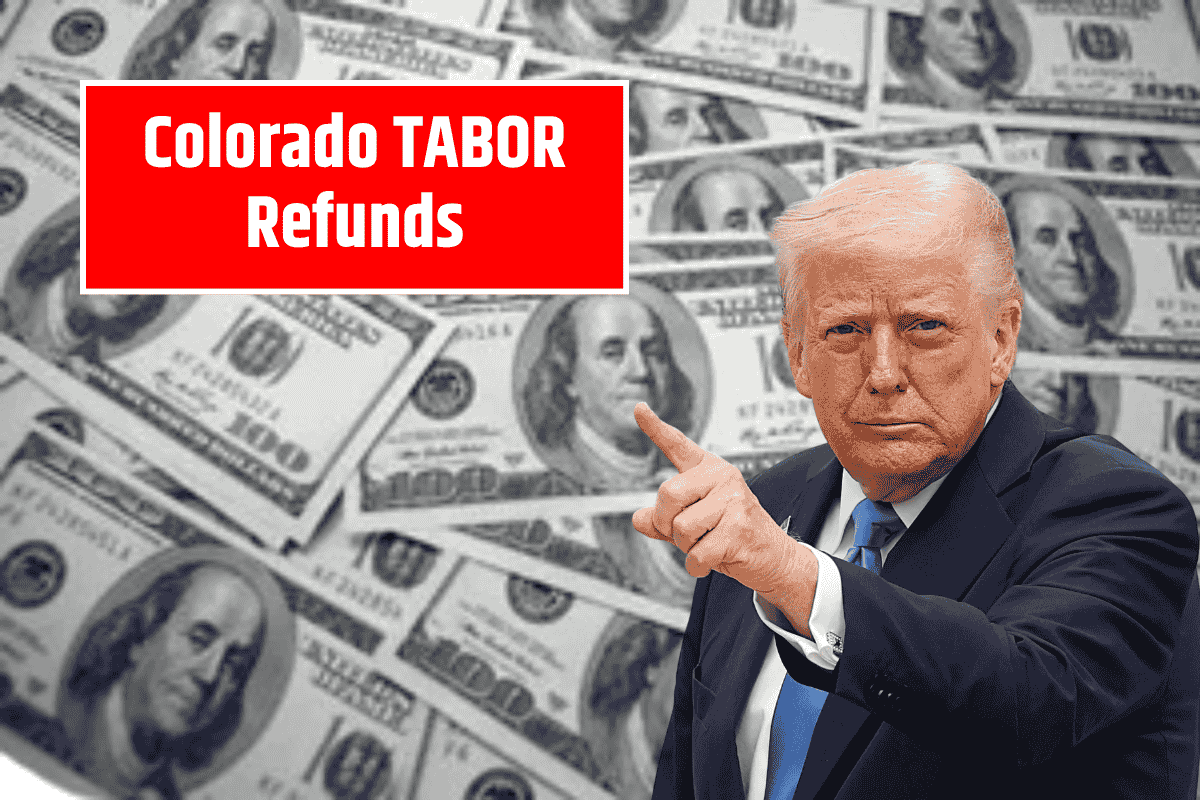If you’ve lived in Colorado for any length of time, you’ve probably heard people talking about the “TABOR refund.” For newcomers, it can sound like a myth—the state government giving money back to residents. But for Coloradans, it’s a real part of the financial landscape, written directly into the state constitution.
The Origin of TABOR
The Taxpayer’s Bill of Rights (TABOR) was approved by Colorado voters in 1992. It set strict limits on how much revenue the state government can collect and spend. The rule ties revenue growth to two factors: population growth and inflation.
If state revenue goes above that limit, the extra money isn’t kept by the government. Instead, it must be refunded to taxpayers. For years, these refunds were small and often blended into state income tax returns. That changed dramatically after the pandemic, when economic growth and inflation pushed state revenues far beyond the cap.
Historic Refunds in Recent Years
In 2022, the state rolled out the “Colorado Cash Back” program. Single filers received $750 and joint filers got $1,500. For many households, this was more than just a bonus—it helped with grocery bills, repairs, or other rising expenses.
2022 refunds (issued in 2023): $750 for individuals, $1,500 for joint filers.
2023 refunds (issued in 2024): flat $800 per person.
2024 refunds (to be issued in 2025): tiered system based on income. For example:
Single filers under $53,000 get around $177.
Higher-income earners (over $312,000) get the full $800.
This tiered structure was designed to spread relief more evenly across income groups.
Who Qualifies for TABOR Refunds?
Not everyone automatically qualifies. To be eligible, you must:
Be a full-year Colorado resident for the tax year in question.
Be 18 years or older.
File a Colorado state income tax return (even if you don’t owe taxes).
For seniors and lower-income residents who don’t normally file, the Property Tax/Rent/Heat Credit (PTC) form can be used to claim a refund.
The Outlook for 2025 and Beyond
The economic boom that created large refunds has cooled. State officials now project a budget shortfall for 2026, meaning there will be little to no surplus revenue for TABOR refunds. Early estimates suggest that refunds for the 2025 tax year (paid in 2026) could be very small—or disappear altogether.
This swing is a reminder that TABOR refunds depend directly on the state’s economy. When growth and inflation push revenues up, Coloradans benefit. When the economy slows, refunds shrink.
What to Do if You Haven’t Received Your Refund
If you filed your 2024 taxes on time and haven’t received your refund, contact the Colorado Department of Revenue to check on the status. Refunds are typically issued automatically once eligibility is confirmed.
Colorado’s TABOR refund is a unique system that reflects the state’s economic health in real time. While recent years brought historic payouts, projections for 2025 suggest much smaller returns, if any at all.
For residents, it’s both a blessing and a reminder: when Colorado prospers, taxpayers share in the success—but when revenues dip, so do the refunds. Keeping an eye on the state’s economy is the best way to anticipate what might land in your mailbox next.
